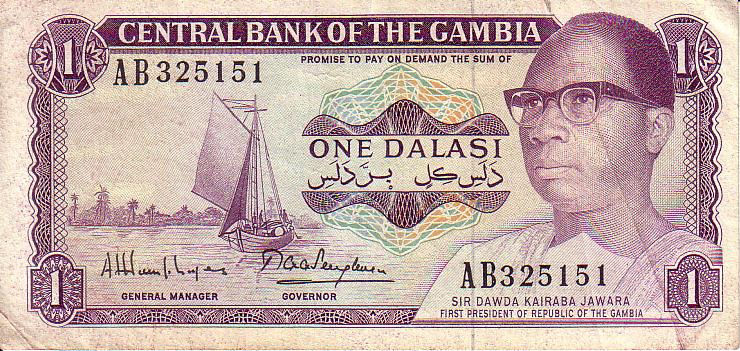
Factors that Affect Value
_______________________________________
There are several factors that influence the value of a coin or bill:
• Rarity
• Demand
• Condition
Rarity involves the number (or "mintage") of coins or bills that were originally produced. Rarity also involves the number of those coins or bills that are still around today.
Demand varies according to the popularity and availability of a coin or bill:
• The demand might be higher or lower in different areas of the world, or during different years
• To see demand in action, look at the prices on eBay's coin and paper money "category" page - when more people want to buy a certain item (a high demand), the price often goes up.
Condition or grade:
• Most price guides give values for several grades.
• Coins and bills can grade from "mint" or "uncirculated" (no signs of wear) to "poor".
• When a bill is in mint condition, it is worth more than the same bill in poor condition.
• There are specific standards that define what "mint," "poor," and other grades mean:
o If you're interested in coins, see the American Numismatic Association's Coin Grading brochure.
o If you're interested in paper money, refer to the International Bank Note Society's grading standards.
If a coin is too damaged to have value as a collectible, its metal content (the amount of gold or silver in the coin) may have a "basal" value. According to Roderick Hughes' Official Know-It-All Guide, Coins, you can find out the value of the metal if you:
• Multiply the weight of the coin by the percentage "fineness" of the coin (the percentage of the coin that is gold or silver). This will establish how much of the precious metal you have to sell.
• Multiply the result of the first calculation by the current price of the precious metal in the coin.
Kitco gives live market quotes for gold, silver, and other metals that can be used to make this calculation.
Finding Values for Currency
Before you begin looking for the value of a coin or bill, you need to know:
• Whether the coin or bill is a "general issue" or a "commemorative."
o Some price guides have separate sections for commemoratives or other "special" issues.
• Which country issued the coin or bill.
o A coin or bill's design often includes the name of the country, in that country's official language.
Collectpapermoney.com has a list of image, denomination, and keyword "identifiers" that could help you figure out the issuing country.
Nations Online offers a list of all the countries of the world and their local names.
Banknote World includes scanned images of paper money.
o If you are researching the value of an older coin or bill, keep in mind that the country's name may have changed over time.
• The date (year) of the coin or bill.
o Important note: CalendarHome.com offers a calendar that can convert between Julian, Persian, Hebrew, Islamic, and other dating systems to the western (Gregorian) calendar.
• The condition of the coin or bill.
Once you know the date, country, and issue of a coin or bill, you can look up the value.
If your foreign coin or bill is only worth its "face" value, use OANDA to convert its value to U.S. dollars.